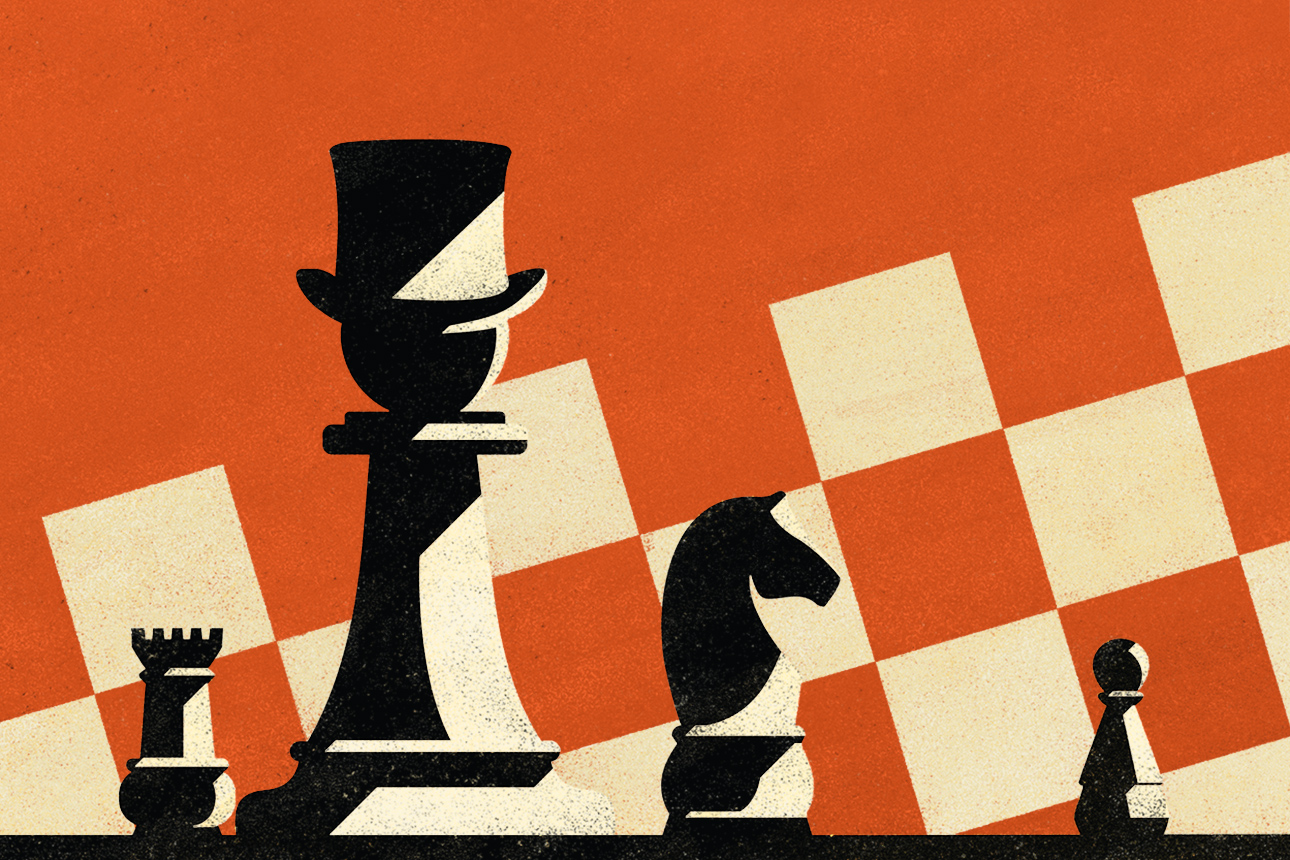Using Black Hat Workshops to Understand Your Competitors
How companies use competitive insight exercises to craft a strategic plan that anticipates rivals’ moves.
Topics

Carolyn Geason-Beissel/MIT SMR | Getty Images
If you’ve ever played chess against a grandmaster, you were likely frustrated by their ability to block or counter all your planned moves. That’s what it can feel like when making strategic business moves against a competitor: No matter how brilliant our ideas, by the time we execute them, the competition has beaten us to the punch or is positioned to pounce from the back row with its queen, throttle our strategy, and checkmate.
How do we arrive at a better understanding of our competitors’ capabilities, plans, and thought processes? You can’t call up the CEOs of your competitors and ask for that information. But conducting a competitive insight workshop is an effective way to model how your competitors might behave in a particular scenario, and it’s a crucial method to avoid walking into traps ahead of launching any strategic initiatives.
Get Updates on Innovative Strategy
The latest insights on strategy and execution in the workplace, delivered to your inbox once a month.
Please enter a valid email address
Thank you for signing up
A competitive insight workshop allows you to practice choices in a risk-free environment. You can run the exercise for multiple different markets, or multiple different go-to-market strategies, to home in on the “right” way to enter. Practice may not make perfect, but it’s a lot better than not practicing at all. That said, competitive insight exercises should not be used for every decision you make; they would lose their impact as a decision-making tool. Be selective about when and how you apply them.
A competitive insight exercise is a simulation, so make it as close to the real world as possible. Force your team to confront choices and situations they’re likely to face in the real world, not in some hypothetical construct.
My book Inside the Competitor’s Mindset contains guides to multiple types of competitive insight workshops. Here, I’ll focus on black hat exercises, where participants role-play a single competitor’s possible responses to one of your organization’s initiatives.
Imagine Competitors’ Reactions to Strategic Moves
As a competitive insight exercise, a black hat session helps you understand what it’s like to wear a competitor’s hat. What’s it like to view the world from its perspective?
A black hat exercise is focused on a particular strategic situation you’re facing — such as your plan to introduce a new product to the market, the potential entry of a competitor, or a change in government regulations.

Comment (1)
Panikos Sardos